Holy Fire
05/06/2014 09:20:11 AM
One of the beauties of Jewish life is the fact that we are connected to a tradition that goes back over 3,000 years. The classic example of this for me is the Ner Tamid, the eternal light.
The original Ner Tamid was a seven-branch menorah that was lit from evening to morning inside the portable sanctuary the Israelites used in their wanderings in the wilderness. The Ner Tamid was literally a beacon of light in the dark (remember, there were no street lights back then!) and its primary purpose was to reassure the people of God’s presence—that Y-H-V-H was still with them.
How do we know that God is with us? At our darkest moments, where do we turn for comfort and reassurance that everything is going to be okay?
For the past few months I’ve been studying a very moving text called Esh Kodeshwith two Conservative colleagues of mine that I met through the Shalom Hartman Institute.
Esh Kodesh is the writing of the Rebbe of the Warsaw Ghetto, Rabbi Kalonymus Kalman Shapira. His story and his words are as touching and heartbreaking as you would imagine.
He survived in the Ghetto for three years. We don’t know exactly how he perished but he apparently saw his death coming and buried his writings – some from before the war and the rest he actually wrote while in the Ghetto – in the hopes that they would later be found and published, which they were. This is part of the cover letter he wrote for his treasure trove of personal manuscripts:
“Now that our lives are imperiled every day… I make the following request that… with God’s help, the manuscripts… reach you and you consent to publish them. Please also make efforts to assure their wide distribution among the Jewish public…May God have compassion upon us…I can write no more. May God have mercy and allow us to live along with the remnant of Israel…These are the words of your brother…who is broken and crushed from my own sorrows and the sorrow of all Israel, which are as profound as the great deep and as exalted as the highest heavens; who awaits God’s salvation, which comes in a blink of the eye.”
Why do I mention Esh Kodesh in relation to the Ner Tamid?
It’s that image of the mishkan, set apart in the dark yet aglow with the flame of the seven-branched menorah, that connects the two for me; that image and the need for reassurance that it reflects.
When we think of the Shoah we always associate it with God’s eclipse: the reason above all others that we – the Jewish people – struggle so with belief in God, as if to say, as some have, that God died in the camps along with everyone else.
Yet, reading a book like Esh Kodesh – Holy Fire – has shed a different light on this painful subject, at least for me. I wonder if we’ve been looking in the wrong places for reassurance that God is real and that our lives have meaning.
We expect proof of God in our good circumstances and lose faith when things fall apart. But it is precisely when things fall apart that we need God. Suffering is an unavoidable part of the human condition. How can God be absent in our suffering?
Esh Kodesh is a shining example – a flame in the night – of how one can seek God and find God in the dark.
Abraham Joshua Heschel has said that there are no proofs for the existence of God, only witnesses. Esh Kodesh is such a witness.
The Israelites learned quickly that even the memory of miracles fade fast; before you know it those old fears and prejudices come right back to haunt you. They lost faith, built a golden calf, and then suffered the consequences of trying to make something of ultimate concern that was not of ultimate value.
In the end they realized there was nowhere to hide; there was darkness all around. If God was real, they would have to realize that themselves; the seas would not split every day. Someday even the manna would stop falling. Someday it would be just them and what faith they could muster.
That faith they would have to carry in their hearts. It was the nights that were especially hard, so, as a reminder and a comfort, they would light a fire that would burn through the night so that if they got scared, or needed reassurance, they could seek it out and be reassured.
That light that they first kindled still burns today, in our hearts and in our synagogues. We need only to recognize it for what it is – Esh Kodesh/Holy Fire.

